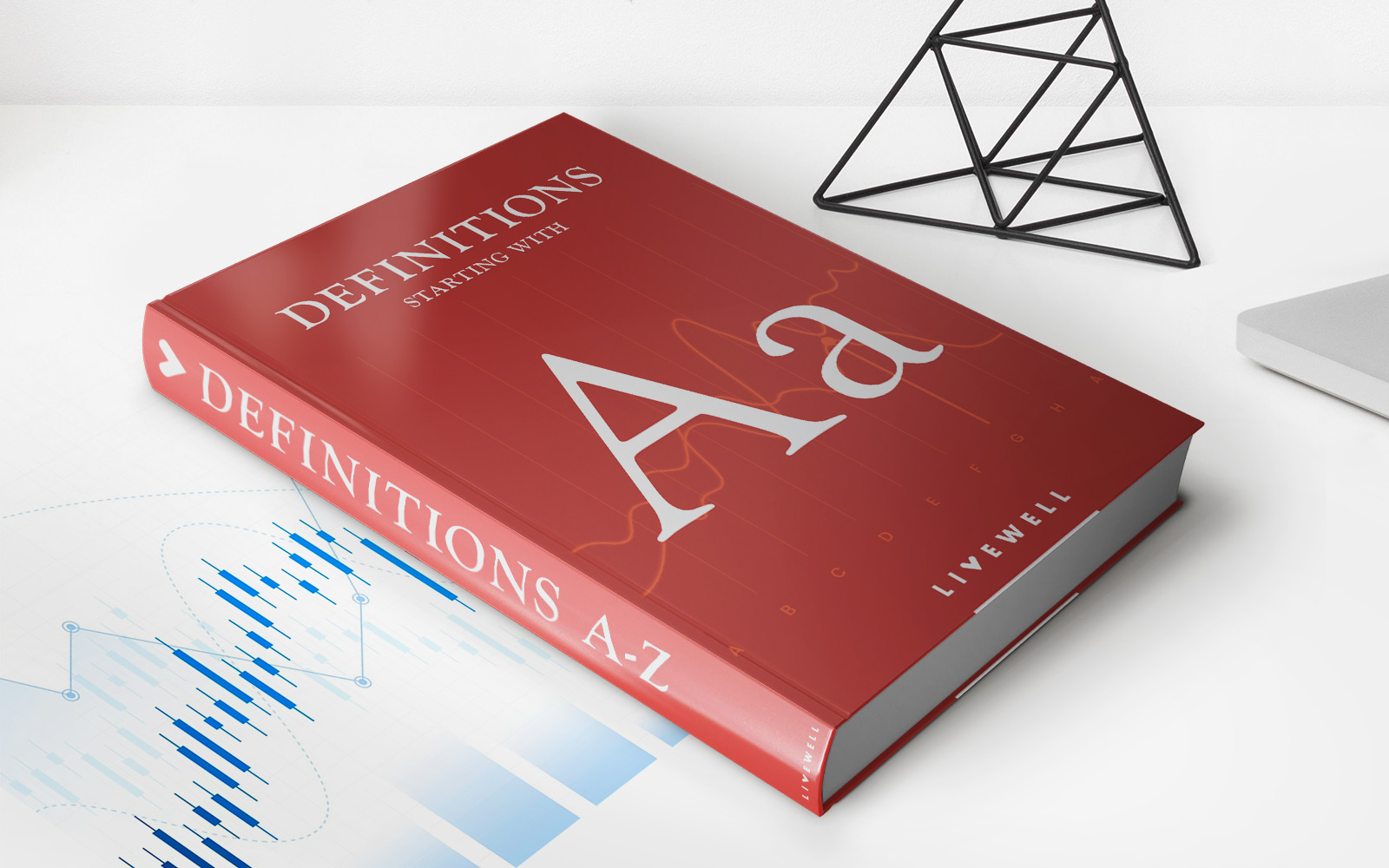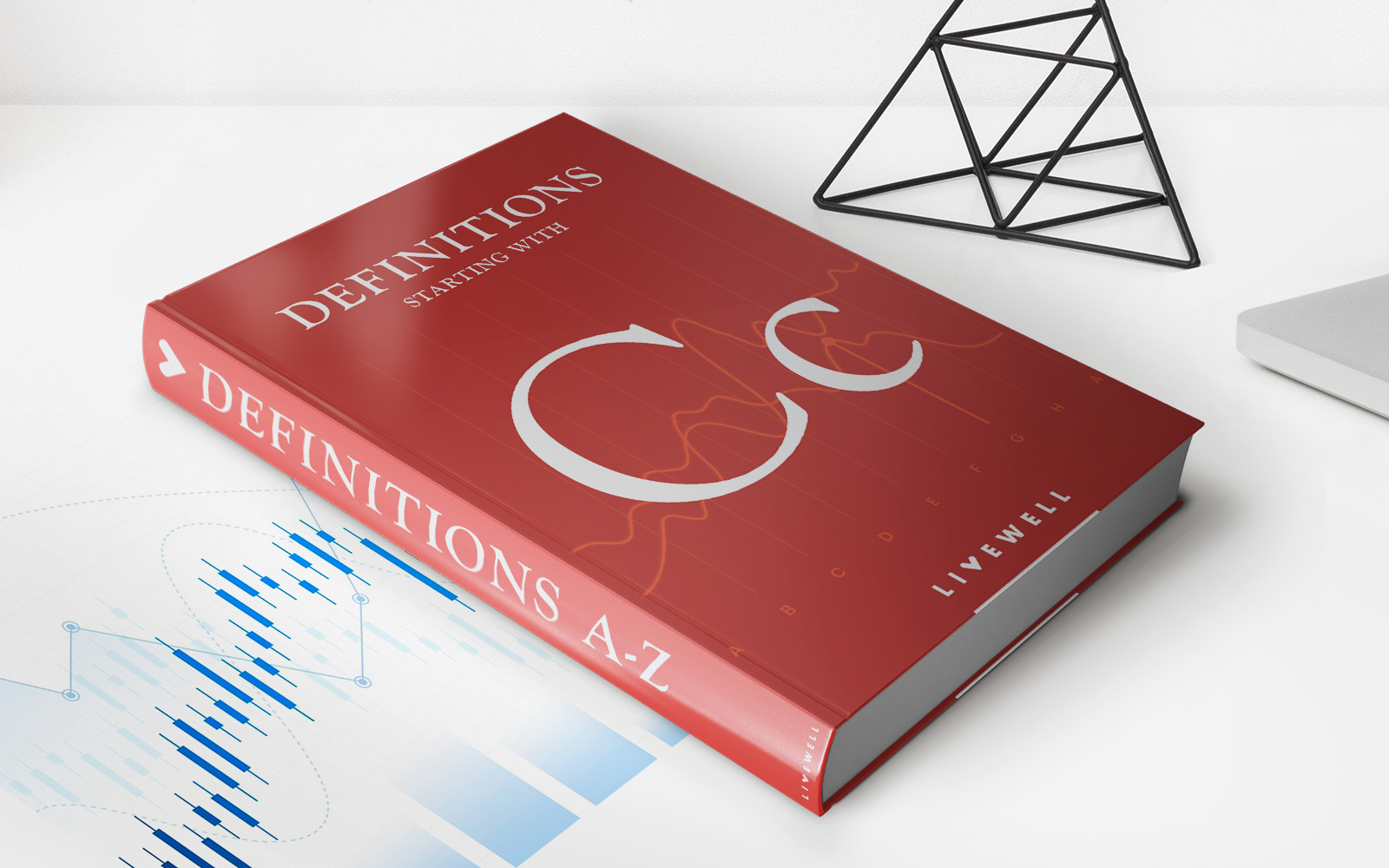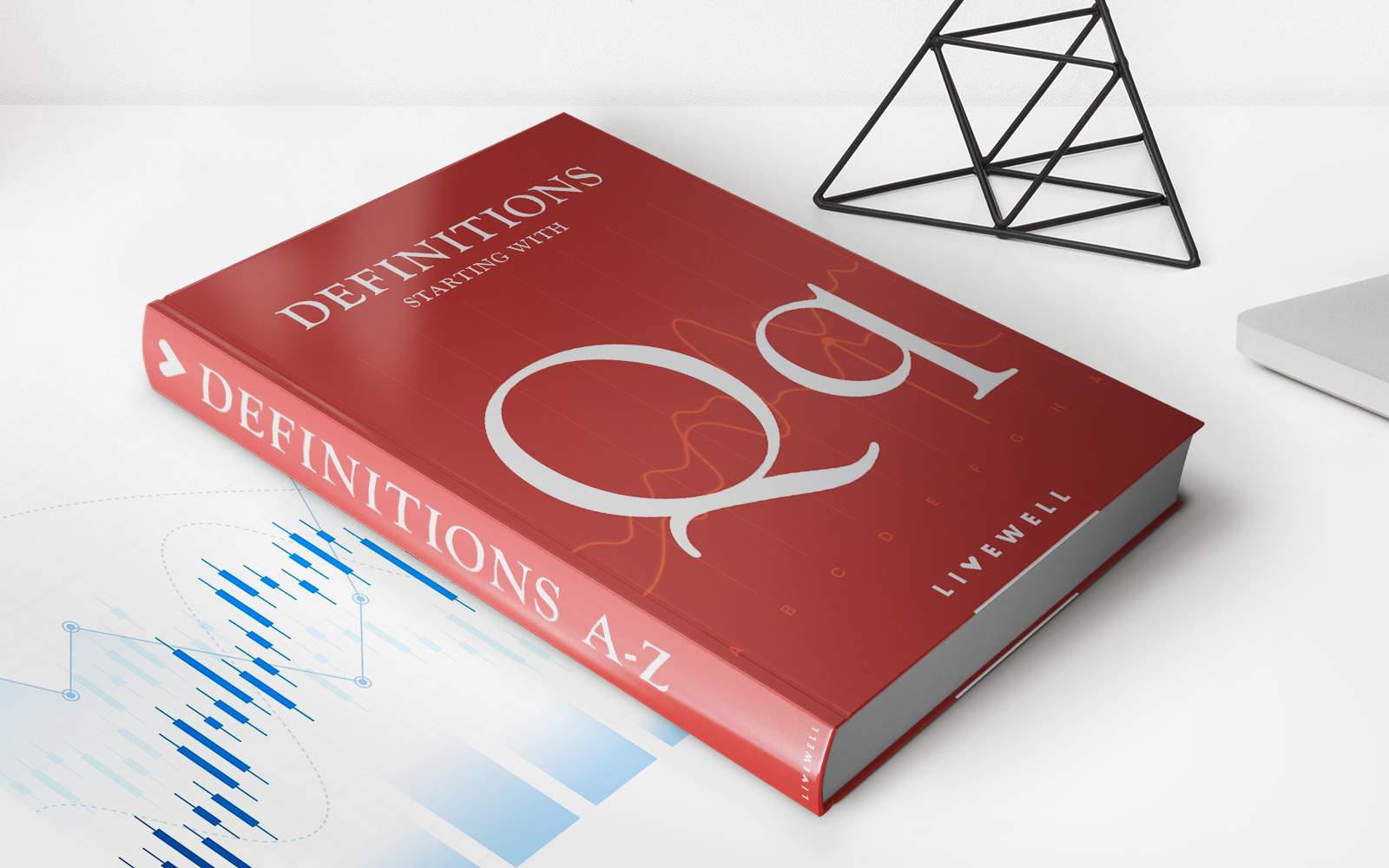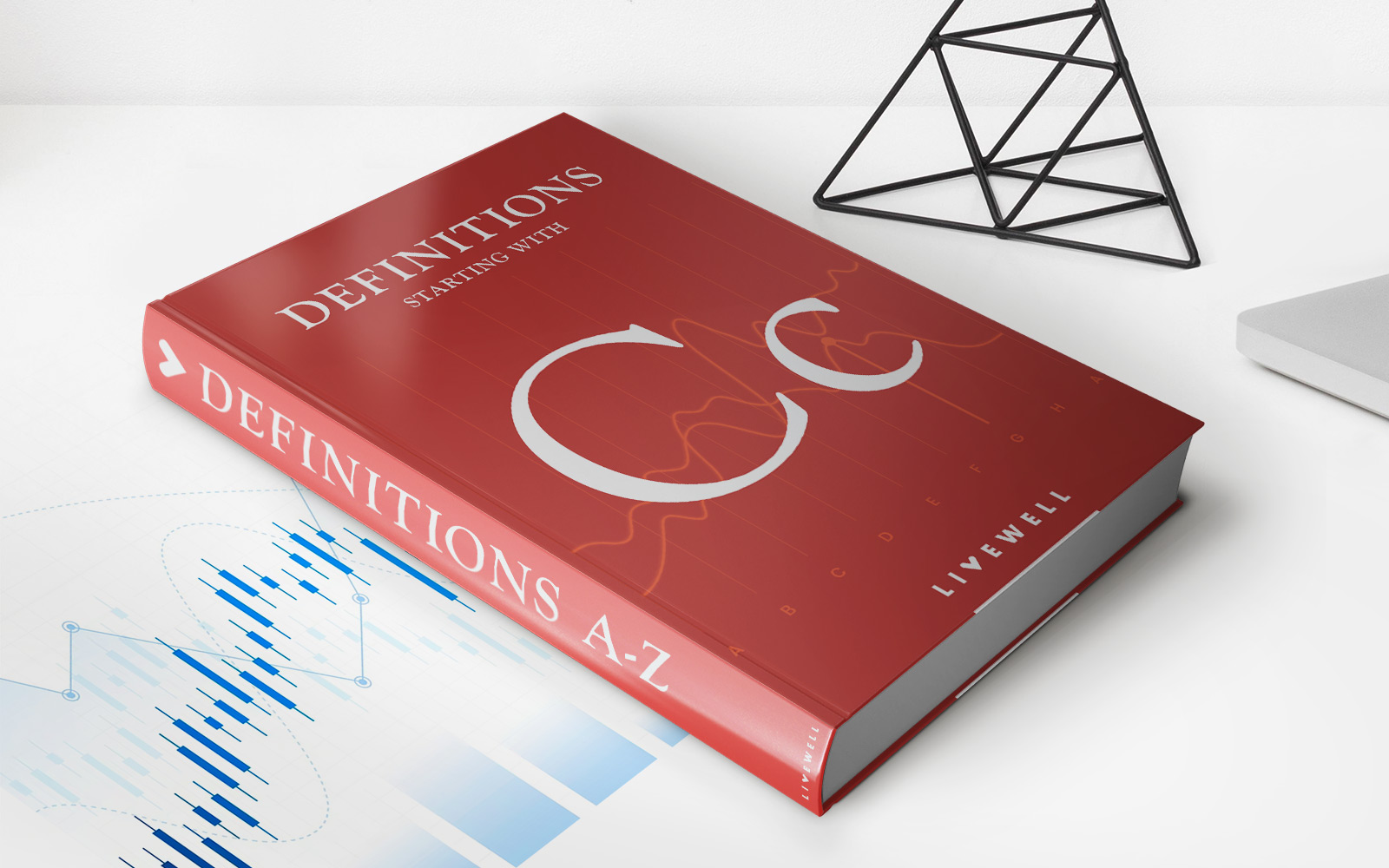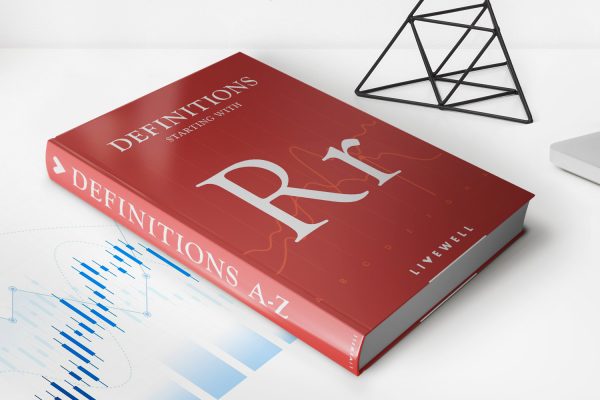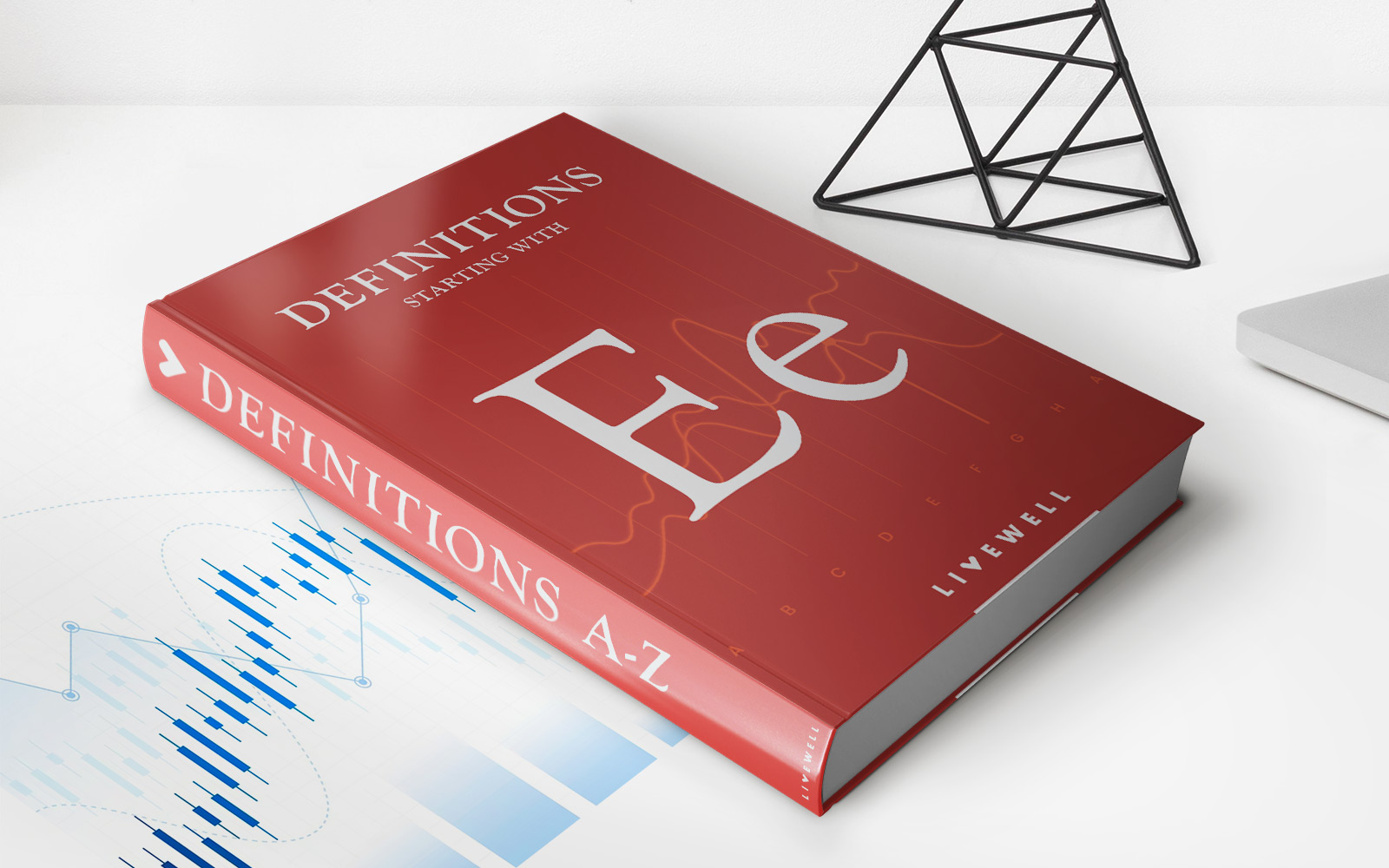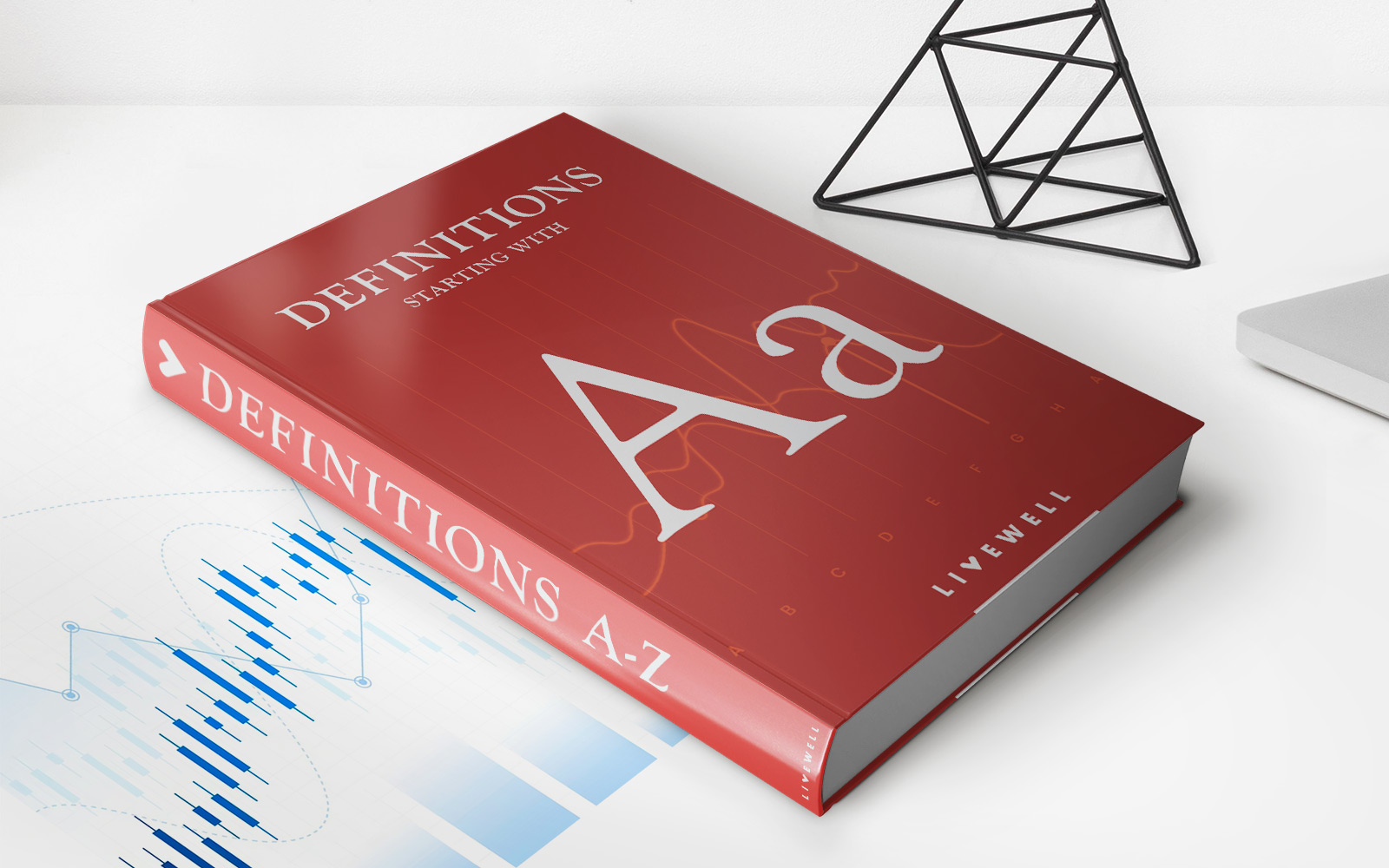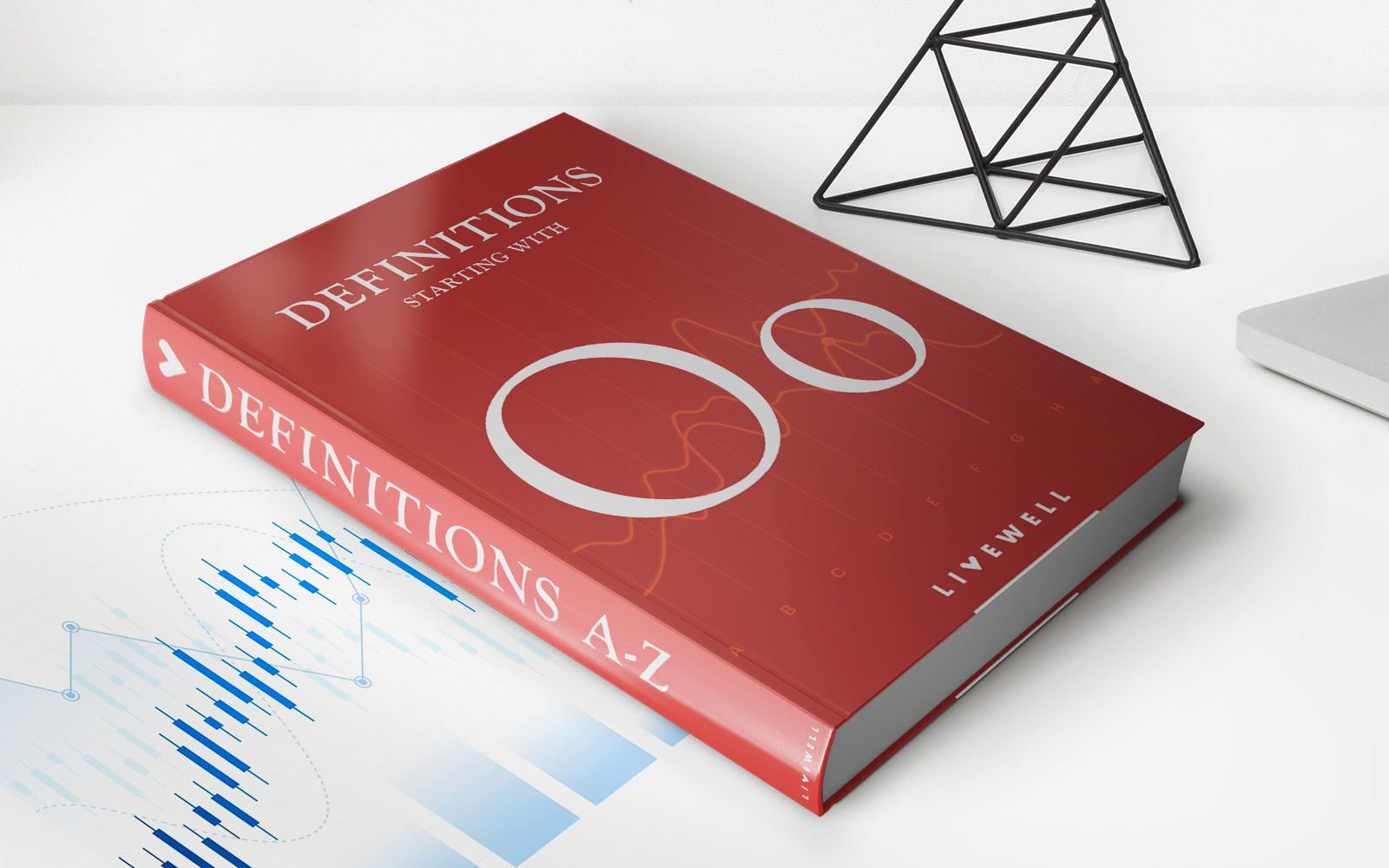Home>Finance>Decision Analysis (DA): Definition, Uses, And Examples
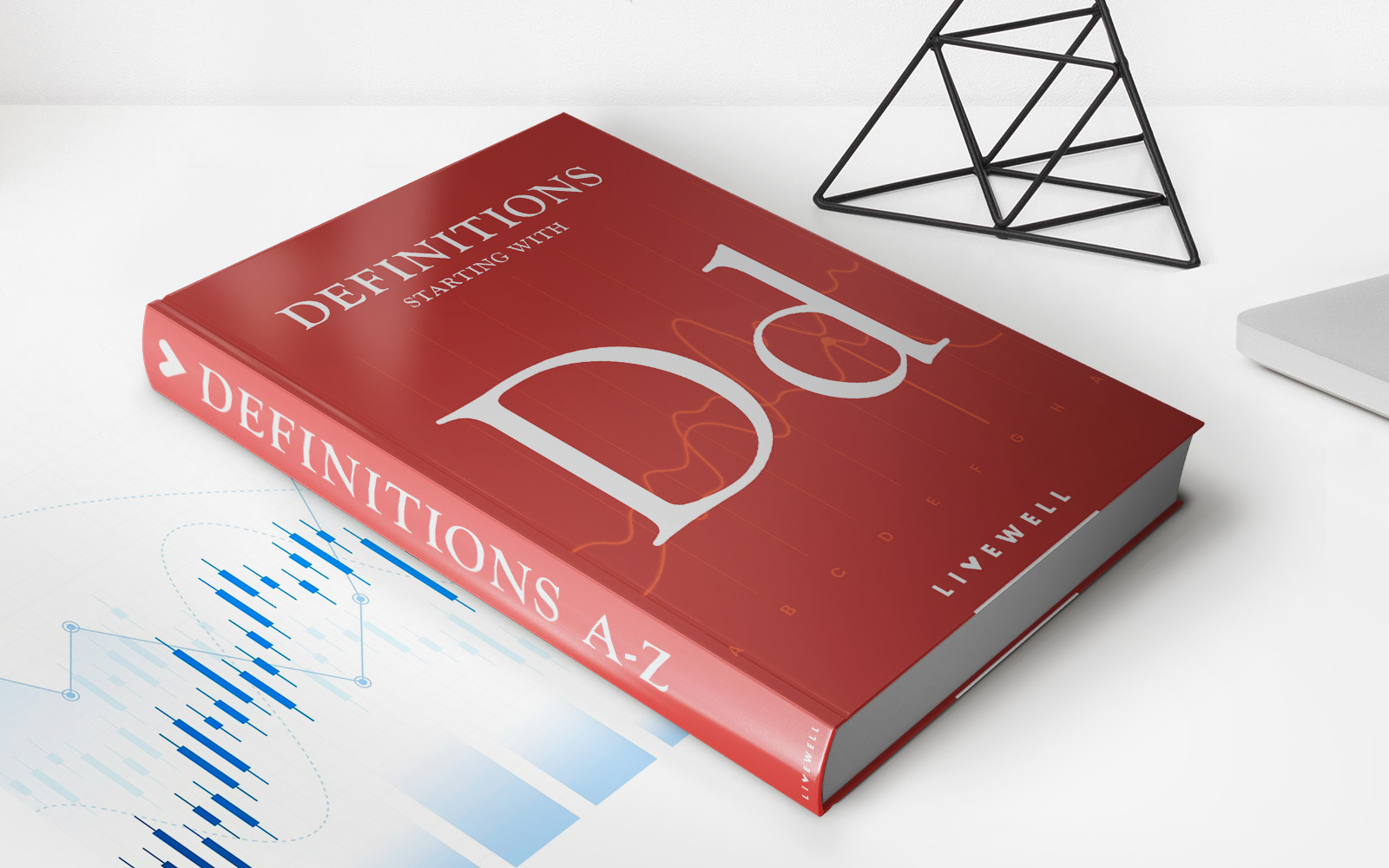

Finance
Decision Analysis (DA): Definition, Uses, And Examples
Published: November 8, 2023
Learn how decision analysis (DA) in finance can help make informed financial decisions. Understand the definition, uses, and explore real-world examples.
(Many of the links in this article redirect to a specific reviewed product. Your purchase of these products through affiliate links helps to generate commission for LiveWell, at no extra cost. Learn more)
Understanding Decision Analysis (DA): Definition, Uses, and Examples
Welcome to our blog post on Decision Analysis (DA), a valuable tool that can greatly impact your financial decision-making process. In this article, we will delve into what Decision Analysis is, how it can be used, and provide examples to help you better understand its practical applications in the realm of finance. So, let’s dive in!
Key Takeaways:
- Decision Analysis (DA) is a systematic approach to making optimal decisions under uncertainty
- It involves gathering relevant information, identifying alternatives, assessing probabilities, and evaluating potential outcomes
Defining Decision Analysis
Decision Analysis is a framework or methodology that helps individuals and organizations make informed decisions in complex and uncertain situations. It involves a systematic and structured approach to evaluate potential options and their respective outcomes to make the most favorable decision.
By using Decision Analysis, individuals can apply rationality and objectivity to their decision-making process. This involves considering various factors, such as risks, rewards, and uncertainties, and analyzing the potential outcomes of each decision alternative.
Uses of Decision Analysis in Finance
Decision Analysis is particularly valuable in the field of finance, where every decision has the potential to impact financial outcomes. Here are a few key areas where Decision Analysis can be employed:
- Investment Decision Making: Decision Analysis helps investors evaluate potential investments by considering various factors such as market trends, risks, and potential returns. By systematically analyzing different investment options, investors can choose the most favorable path to grow their wealth.
- Risk Management: Decision Analysis plays a critical role in risk management, helping organizations make informed decisions by evaluating the potential risks associated with different courses of action. It allows decision-makers to identify and mitigate risks, ensuring the long-term financial stability of the organization.
- Capital Budgeting: Decision Analysis aids in the evaluation of investment projects by considering factors such as cash flow projections, uncertainty, and expected returns. It allows organizations to allocate their capital resources efficiently and make well-informed decisions regarding potential projects.
Examples of Decision Analysis
To illustrate the practical applications of Decision Analysis, let’s consider a couple of examples:
Example 1: Financial Investment
- Analysis of potential investment opportunities
- Evaluation of risks and rewards
- Prediction of potential returns and growth
- Selecting the best investment option based on analysis
Example 2: Business Expansion
- Assessment of market conditions and growth potential
- Evaluation of potential risks and uncertainties
- Identification of potential business expansion alternatives
- Analysis of financial implications and potential outcomes
- Selecting the most favorable expansion strategy based on analysis
In both examples, Decision Analysis provides a structured approach to gather relevant information, assess potential outcomes, and make informed decisions to achieve financial goals.
In Conclusion
Decision Analysis is truly a valuable tool for those looking to make well-informed decisions in the realm of finance. By employing a systematic approach to evaluate alternatives and assess potential outcomes, individuals and organizations can minimize risks and make optimal choices.
So, the next time you find yourself facing a complex financial decision, consider utilizing Decision Analysis to find the best path forward and secure your financial success.


